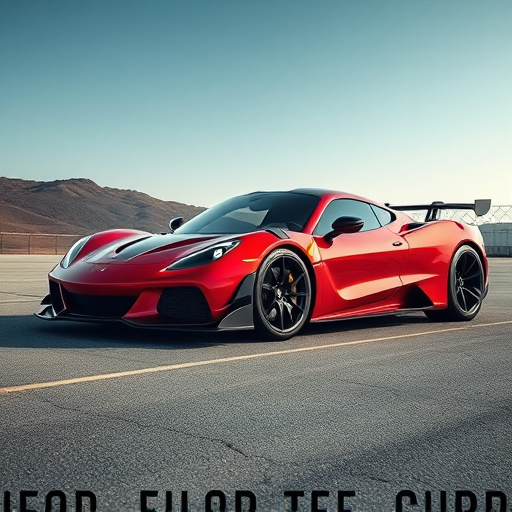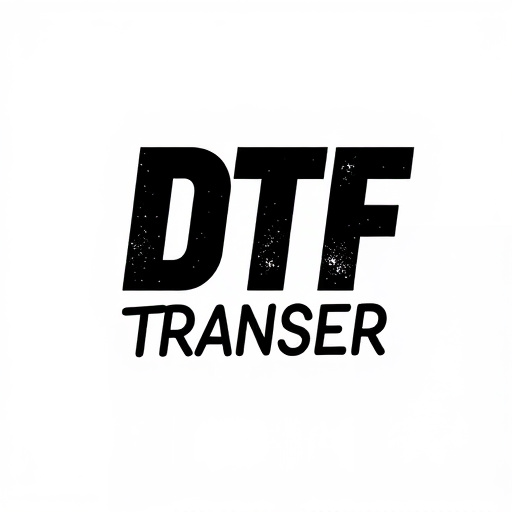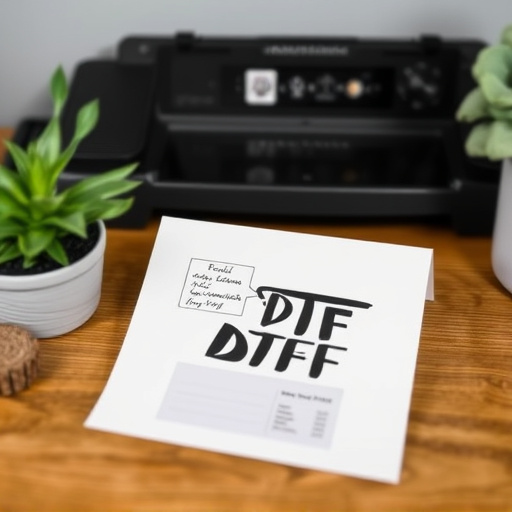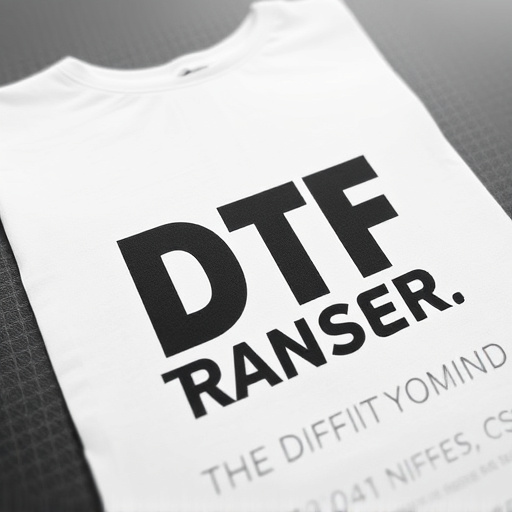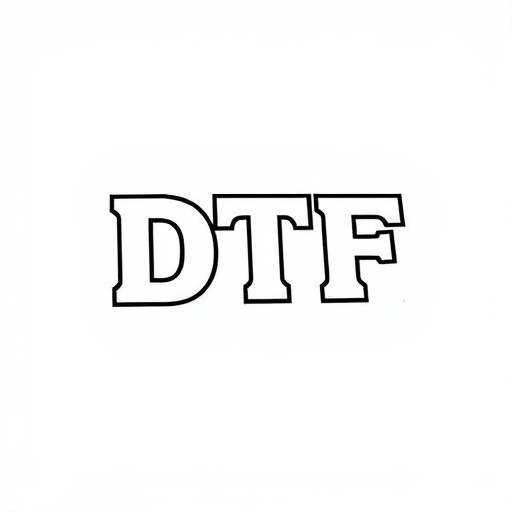Personalized Direct-to-Film (DTF) transfers have transformed retail by offering businesses affordable, easy ways to create custom products from apparel to promotional merchandise. Choosing high-quality materials and modern printers ensures vibrant, durable prints. The process involves preparing designs, selecting appropriate films, printing, curing, applying to substrates, and cleaning. Retailers can differentiate themselves through innovative marketing highlighting fast turnaround times, high quality, and customization options. Future trends include enhanced color accuracy, eco-friendly materials, and increased demand for scalable, personalized DTF printing.
“Unleash your creativity with personalized direct-to-film (DTF) transfers! This cutting-edge technology is revolutionizing retail, allowing businesses to offer unique, on-demand printing services. In this comprehensive guide, we explore the world of DTF: from understanding its basics to unlocking its potential for retailers.
Discover the appeal of customized DTF prints, learn about essential equipment, and master the art of high-quality print creation. We’ll also delve into marketing strategies and future trends, empowering you to thrive in this exciting market.”
- Understanding Direct-to-Film Transfers (DTF): An Overview
- The Appeal of Personalized DTF Prints for Retailers
- Choosing the Right Materials and Equipment for DTF Transfer
- Step-by-Step Guide to Creating High-Quality DTF Prints
- Marketing Strategies for a Successful DTF Transfer Business
- Future Trends in DTF Printing: What Retailers Should Know
Understanding Direct-to-Film Transfers (DTF): An Overview
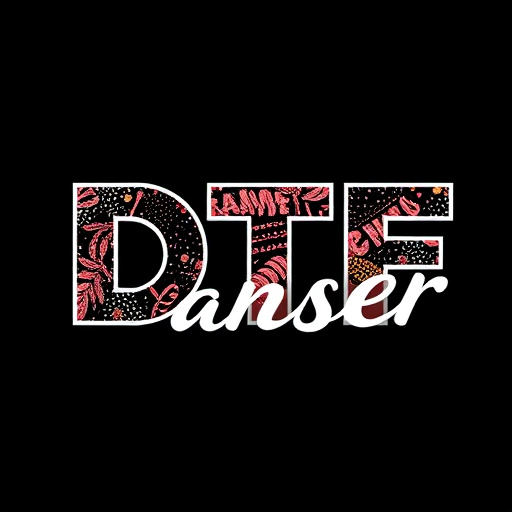
Direct-to-Film (DTF) Transfers are a cutting-edge printing technology that allows for the creation of high-quality, full-color images directly onto various surfaces, including plastic, metal, and even glass. This innovative process bypasses traditional intermediate steps, such as film positives or plates, resulting in faster production times and enhanced efficiency. DTF Printing offers unparalleled versatility, enabling the customization of a wide range of products, from signage and display materials to promotional items and decorative accessories.
The DTF Transfer method involves precisely depositing ink onto a surface through a specialized printing head, mimicking traditional offset printing. This technique ensures vibrant colors, crisp details, and excellent durability, making DTF Prints suitable for both indoor and outdoor applications. By leveraging advanced technology and high-performance inks, retailers specializing in personalized direct-to-film transfers can offer customers unique, tailored products that stand out in any environment.
The Appeal of Personalized DTF Prints for Retailers
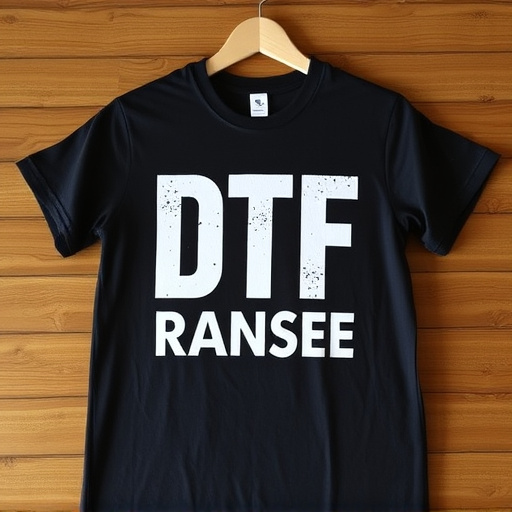
Personalized direct-to-film (DTF) transfers have gained significant appeal in the retail industry due to their unique ability to offer customers highly customized products with minimal effort and cost. Retailers can leverage DTF printing to create a wide array of items, from t-shirts and mugs to posters and stickers, all bearing individual designs tailored to specific customer preferences. This level of customization not only enhances customer satisfaction but also fosters a strong sense of ownership and individuality, driving sales and encouraging repeat business.
Moreover, DTF transfers provide retailers with an efficient and versatile solution for product branding and marketing. By incorporating custom graphics, logos, or text directly onto various merchandise, businesses can effectively promote their brand image while offering distinctive items that stand out in a crowded market. The accessibility of DTF printing technology, coupled with its capacity to produce high-quality, personalized prints at scale, makes it an attractive option for retailers seeking to differentiate themselves and captivate their target audience through innovative product offerings.
Choosing the Right Materials and Equipment for DTF Transfer
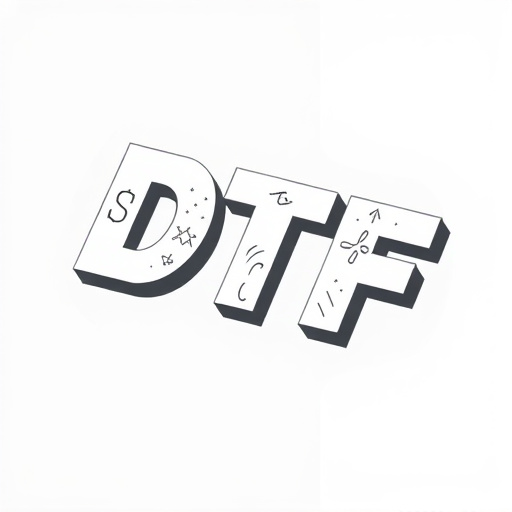
When setting up a retail outlet specializing in personalized direct-to-film (DTF) transfers, one of the most critical aspects is selecting the right materials and equipment for DTF transfer printing. The quality and suitability of these elements directly impact the final product’s durability, vibrancy, and overall aesthetic appeal. High-quality inks and films are essential; they ensure that prints are vivid and last for years without fading or cracking. Look for industry-standard materials certified for use with DTF technologies to guarantee consistency and reliability.
Moreover, investing in top-tier printing equipment is paramount. Modern DTF printers offer precision and speed, enabling efficient production of high-resolution prints. Consider features like advanced color management systems and automated feed mechanisms to streamline the production process. Regular maintenance and calibration of this equipment are also vital to ensure consistent output quality over time, enhancing your shop’s reputation for producing superior DTF prints.
Step-by-Step Guide to Creating High-Quality DTF Prints
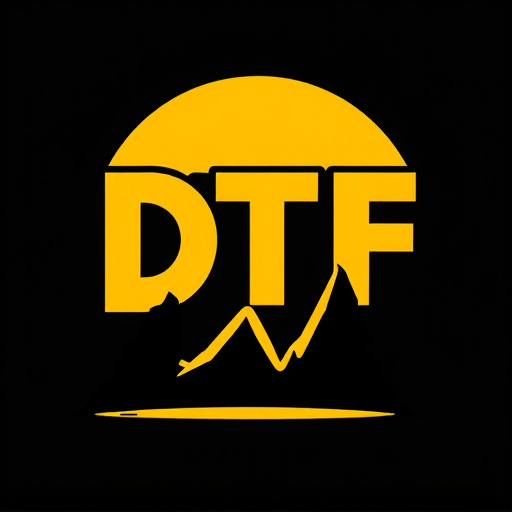
Creating high-quality Direct-to-Film (DTF) prints involves a meticulous process that ensures exceptional results. Here’s a step-by-step guide for achieving perfect DTF transfers:
1. Prepare Your Design: Start by creating or sourcing your desired design in a vector format, ensuring it’s resolution is high enough for printing (300 DPI or higher). Clean up any edges and ensure there are no distractions or unnecessary elements that might bleed into the film.
2. Choose the Right Film: Select a DTF transfer film suitable for your project. These films vary in terms of color, durability, and opacity, so choose one that aligns with your desired outcome. Ensure it’s compatible with your printer to guarantee optimal adhesion and quality.
3. Print Your Design: Use a high-quality printer to print your design onto the DTF film. Make sure settings are optimized for precision and clarity. The use of professional printing equipment is recommended for the best results.
4. Cure the Print: After printing, allow the DTF transfer to cure properly. This step is crucial as it ensures the ink fully adheres to the film. Follow the manufacturer’s instructions regarding curing time and conditions.
5. Apply the Transfer: Once cured, carefully apply the DTF print onto your chosen substrate—it could be fabric, wood, metal, or more. Ensure a smooth surface for optimal transfer quality. Use a heat press or iron to secure the transfer, following recommended temperature and pressure guidelines.
6. Post-Processing: After applying the transfer, clean the area thoroughly to remove any ink residue. Allow the final product to cool down before handling it. This step enhances durability and ensures your DTF print is ready for use or display.
Marketing Strategies for a Successful DTF Transfer Business

In the competitive world of print and design, a retail outlet specializing in DTF (Direct-to-Film) transfers needs innovative marketing strategies to stand out. The key lies in showcasing the unique capabilities and advantages of DTF Printing. Emphasize the fast turnaround time, high-quality results, and endless customization options that set your business apart from traditional printing methods. Utilize visually appealing content, such as before-and-after comparisons and vibrant samples of DTF prints, to attract customers and demonstrate the versatility of this technology.
Leverage digital marketing channels effectively to reach a wider audience. Create engaging social media campaigns featuring eye-catching graphics and videos showcasing the DTF Transfer process. Collaborate with influencers or content creators who can vouch for the quality and efficiency of your services, generating organic interest among their followers. Additionally, implement search engine optimization (SEO) techniques by incorporating relevant keywords like “DTF Transfer,” “DTF Printing,” and “custom DTF prints” into your website and online listings to ensure your business appears in local and industry-specific searches.
Future Trends in DTF Printing: What Retailers Should Know
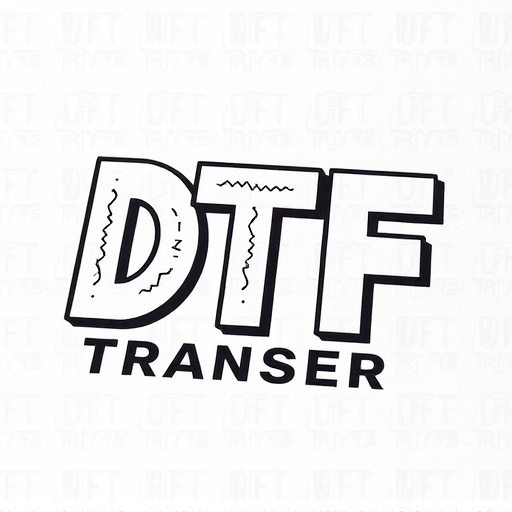
The future of direct-to-film (DTF) transfers is bright, with advancements in technology setting the stage for even more creative possibilities. Retailers specializing in DTF printing should stay attuned to emerging trends to remain competitive and cater to evolving customer demands. One prominent trend is the integration of enhanced color accuracy and higher resolution prints, allowing for more vibrant and detailed DTF designs. This advancement will be particularly appealing to businesses seeking high-quality, visually stunning marketing materials and custom product packaging.
Additionally, the adoption of eco-friendly materials and processes is gaining momentum in the DTF printing industry. Consumers are increasingly conscious of sustainability, and retailers can meet this demand by offering biodegradable films and inks that reduce environmental impact without compromising on quality. As the market continues to mature, retailers should also anticipate a greater emphasis on customization at scale. Cutting-edge technologies will enable faster production times and more efficient order fulfillment while still allowing for personalized DTF prints tailored to individual customer needs.






